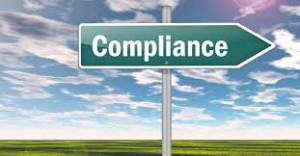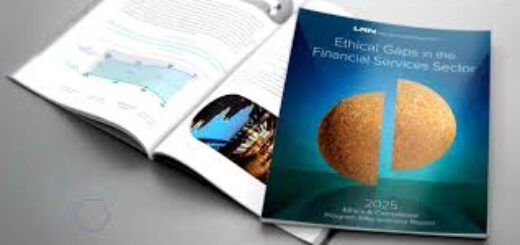Four Compliance Trends and Challenges for 2016
 As we close out the year, it is now time to begin the retrospective reviews and predictions for the New Year. I will try to keep them to a minimum but I find it important to reflect and look forward to new challenges.
As we close out the year, it is now time to begin the retrospective reviews and predictions for the New Year. I will try to keep them to a minimum but I find it important to reflect and look forward to new challenges.
Compliance is a fast moving profession. More attention is being paid to the compliance function, and more companies are embracing the importance of compliance. The last twenty years has seen an explosion in enforcement, and the natural response of compliance.
As compliance begins to mature and establish itself on the governance landscape, there are many important challenges and trends. Compliance has to continuously evaluate itself as a function and as a profession. More structure is needed around training, professional standards and formal education programs. Until these issues are addressed, compliance is a profession in search of subject-matter experts.
The past year has been another banner year for compliance. Companies recognize that ethics and compliance are functions that add to the corporate bottom line – not in a defensive ode, but in a positive and moral building strategy designed to promote and sustain a company’s profitability and goodwill.
Rest assured that compliance has a number of continuing challenges. Here is my top 4 for the year 2015:
Reinvigorating Board Commitment to Ethics and Compliance — the number one issue of concern for all compliance professionals is to revisit and push for a new dynamic in the corporate boardroom. Like the Internal Auditor’s relationship ith the Audit/Compliance Committee, the Chief Compliance Officer has to establish a new and lasting professional relationship with the Audit/Compliance Committee. No longer can the Audit Committee focus on Sarbanes-Oxley issues and financial reporting but the Audit Committee has to build an equally important relationship with the Chief Compliance Officer.
More importantly, the CCO has to spend more time with the board and educate the board on how to conduct oversight and monitoring of the compliance function. For CCOs, it is critical that the board become an active proponent of the company’s compliance program.
Elevating and Empowering the CCO to the C-Suite: As a corollary to the first item, CCOs have to ensure that they are elevated to a separate perch from the Chief Legal Officer and empowered to exercise line of site across the organization. While CCOs have won the battle to separate from the legal function, they still have to ensure adequate empowerment and participation at the senior executive level. Too often, CCOs are being brushed down toe a level below the C-Suite with promises of access and influence. Unfortunately, the location and participation of the CCO in senior executive meetings and functions is critical and indicative of the overall organization’s commitment to compliance.
 Adequate Resources: The Justice Department and the SEC have devoted more attention to asking the critical question for compliance – does the CCO have adequate resources to implement an effective compliance program? This will be a new battlefront in government enforcement actions, partly as a result of the DOJ Compliance Counsel, and partly because of increased focus on the operation of a company’s compliance program.
Adequate Resources: The Justice Department and the SEC have devoted more attention to asking the critical question for compliance – does the CCO have adequate resources to implement an effective compliance program? This will be a new battlefront in government enforcement actions, partly as a result of the DOJ Compliance Counsel, and partly because of increased focus on the operation of a company’s compliance program.
Technology: In a related vein, CCOs are now looking for technology solutions for important functions, including third party and supply chain risk management. Companies are developing new technologies and platforms that allow CCOs to monitor and maintain appropriate risk management strategies. It is an important area for CCOs to watch and look for solutions. The return on investment for a number of technology solutions is significant and will often facilitate solutions that free the CCO to attend to other functions.
















1 Response
[…] Read Full Article: Four Compliance Trends and Challenges for 2016 – Corruption, Crime & Compliance […]